Red and yellow, 1955
Oil on canvas
Signed and dated “55” lower left; dated “55” on the back
27 x 35 cm
Born in Constantine in 1921, Marcel Bouqueton spent his childhood in Algeria. Showing an early interest in drawing and painting, he joined the School of Fine Arts in Algiers in 1938. Arriving in Paris in 1946, he continued his training at the School of Fine Arts. Returning to Algeria, he set off alone to discover the landscapes of Kabylia and the Aurès which would have a profound impact on his painting. Before the outbreak of the War of Independence, Marcel Bouqueton settled permanently in the Paris region. He exhibited for the first time at the Salon des Réalités Nouvelles in 1956 and received the Félix Fénéon Art Prize.
Emancipating himself from the academicism of the Algiers School, which remained on the fringes of the changes experienced by Western painting, Marcel Bouqueton is among the artists who have left their mark on the history of Maghreb art. Turning away from figurative art in 1952, he belonged to the New School of Paris which claimed to be part of post-war abstract art. Several critics of the time, including Georges Bousaille, were attentive to the artist's work, praising the sensitivity and accuracy of the tones of his landscapes which, gradually, moved away from the motif.
Red and Yellow, oil on canvas produced in 1955, testifies to the artist's desire to compose an unprecedented vision on the surface of the canvas. Drawing inspiration from the memory of the Mediterranean light of his native Algeria, he focuses on the ordering of shapes and pure colors by rigorously studying the structure of the composition through preparatory drawings (an example of which we present in our selection of works on paper). Marcel Bouqueton abandons here the black lines which until now delimited his flat areas of color. The artist develops a harmonious chromatism imbued with light, using a reduced palette of warm colors, garnets, yellows, reds and browns. © A. BIOT



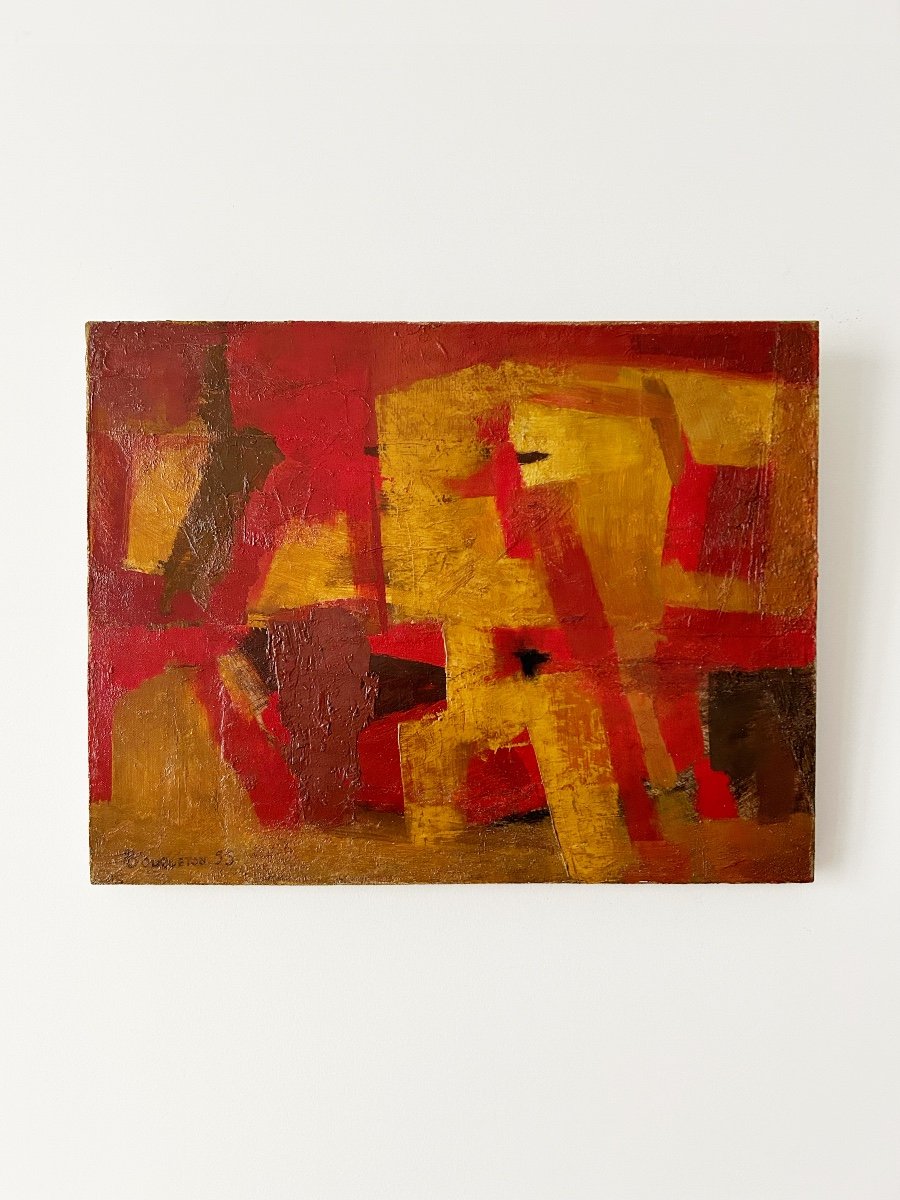


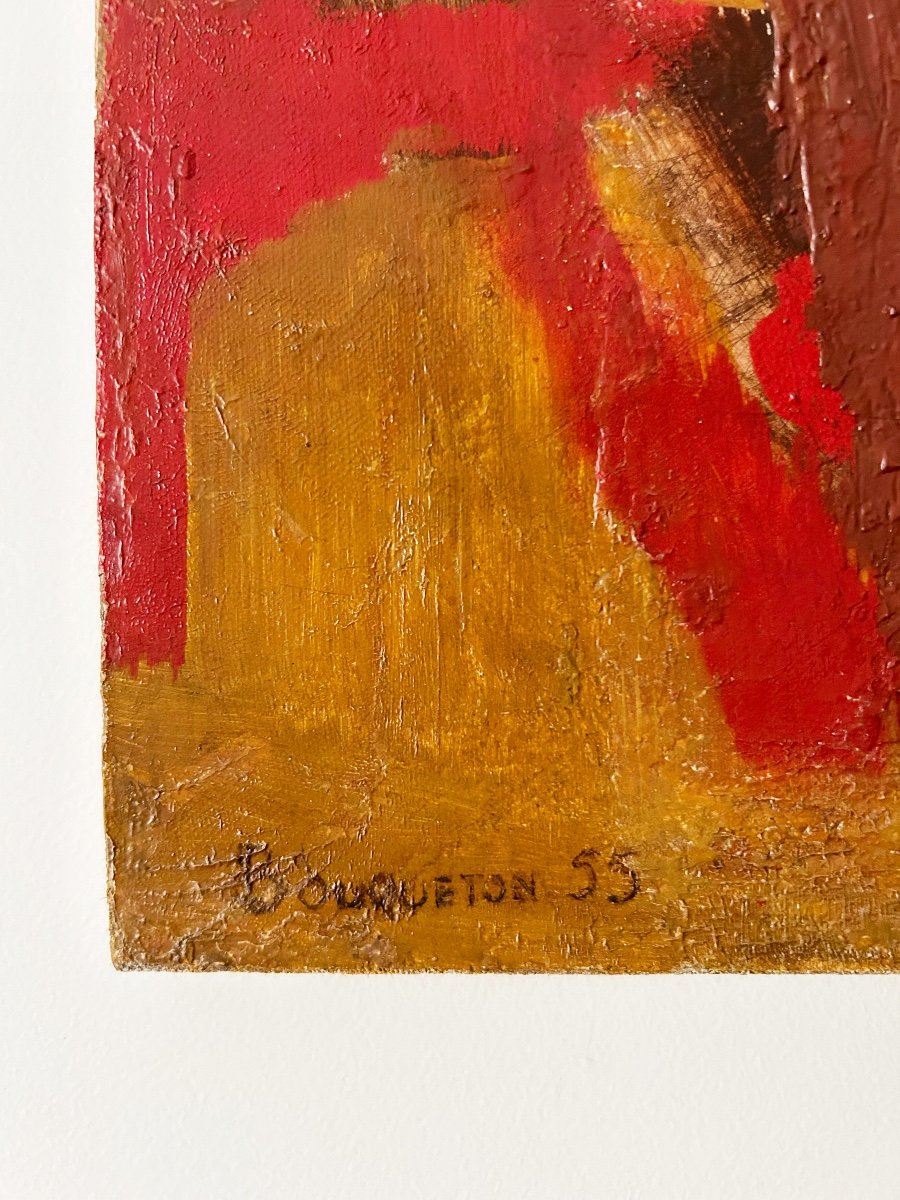


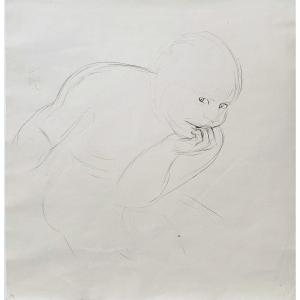


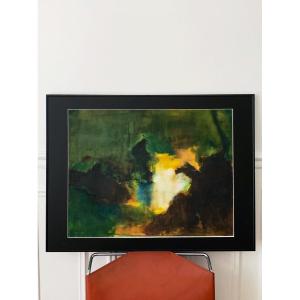


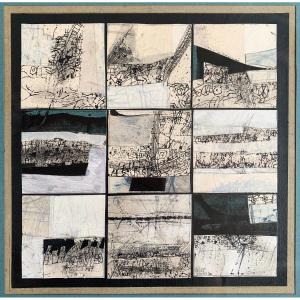
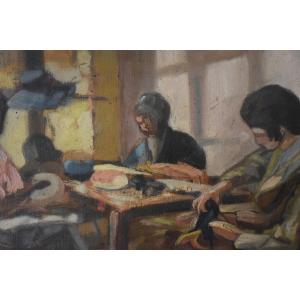

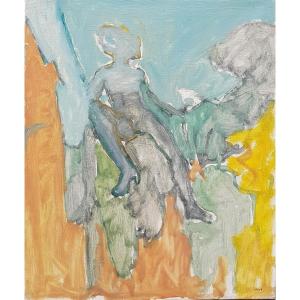




 Le Magazine de PROANTIC
Le Magazine de PROANTIC TRÉSORS Magazine
TRÉSORS Magazine Rivista Artiquariato
Rivista Artiquariato
